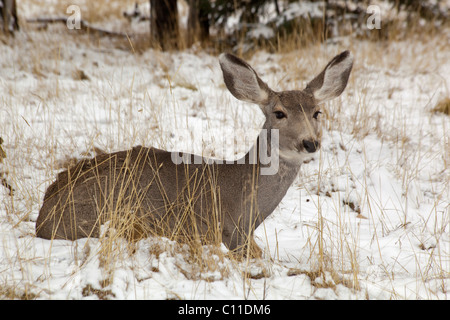

Size of papillae (i.e., absorptive surface area) was positively associated with production of volatile fatty acids in Norwegian reindeer ( Mathiesen et al. (1988) evaluated temporal changes in papillae morphology in free-ranging Chinese water deer ( Hydropotes inermis) variation in a surface enlargement factor, an index of papillary development, paralleled relative availability, abundance, and digestibility of forage. Variation in diet quality and quantity is hypothesized to affect papillae morphology and perhaps other intestinal features that respond directly to chemical components in plants and thus may be used to evaluate nutritional condition of ruminants ( Lentle et al. Their distribution, size, and density are affected by feeding habits, and forage availability and digestibility ( Hofmann 1988a). Ruminal papillae are organs of absorption found in the reticulum and rumen of ruminants ( Hofmann 1988a). 2000 Soven and Nieminen 1995), moose ( Alces alces- Hofmann and Nygren 1992), and muskoxen ( Ovibos moschatus- Knott et al. 1996, 1997), Norwegian reindeer ( Rangifertarandus tarandus- Knott et al. Rumen papillation has been studied in a variety of wild ungulates including elk ( Cervus elaphus- Lentle et al. Limited information exists on gastrointestinal characteristics of wild cervids studies to date have focused on rumino-reticular dimensions (Demment and Van Soest 1985 Hofmann 1988a Nagy and Regelin 1975 Parra 1978) or ontogeny of rumino-reticular development ( Knott et al. Papillae density may be more important in mule deer because of feeding strategy (concentrate selector-intermediate feeder) compared to white-tailed deer (concentrate selector), whereas greater rumen digesta dry weight and intestinal length may be directly associated with size.īlack Hills, digesta, fire, intestines, mule deer, Odocoileus hemionus, Odocoileus virginianus, papillae, South Dakota, white-tailed deer Enhanced papillae morphology of lactating compared with nonlactating and pregnant deer was attributed to high nutritional demands associated with reproductive status. The mosaic pattern of the burned habitat was beneficial at the mucosal level for white-tailed and mule deer within 3 years postfire. Papillae density, intestinal digesta dry weight, and intestinal length were greater in mule deer than white-tailed deer.

Papillae surface enlargement factor, papillae length and width, and dry weight of rumen and intestinal digesta were greater for lactating than nonlactating white-tailed deer. Length of papillae and enlargement factor of papillae surface of white-tailed deer and mule deer were greater in burned than unburned habitat, and dry weight of rumen digesta of white-tailed deer was greater in unburned than burned habitat. Deer were collected from study areas in Custer and Pennington counties, South Dakota, in and adjacent to a wildfire burn. hemionus) using similar burned and unburned habitat. We assessed variation in length, width, density, and surface enlargement factor of papillae rumen and intestinal digesta weight intestinal length and intestinal tissue weight of reproductive and nonreproductive female white-tailed ( Odocoileus virginianus) and mule deer ( O.


 0 kommentar(er)
0 kommentar(er)
